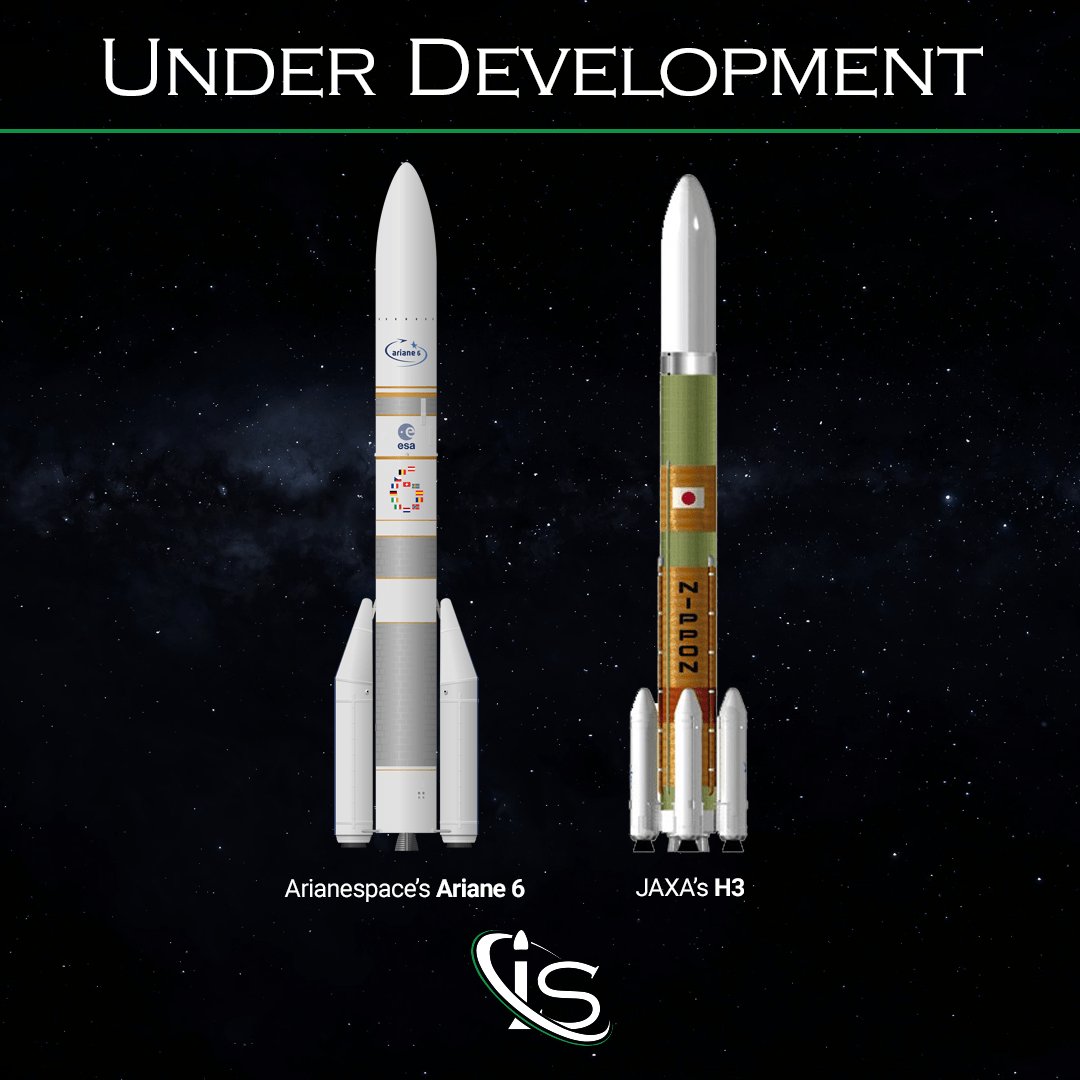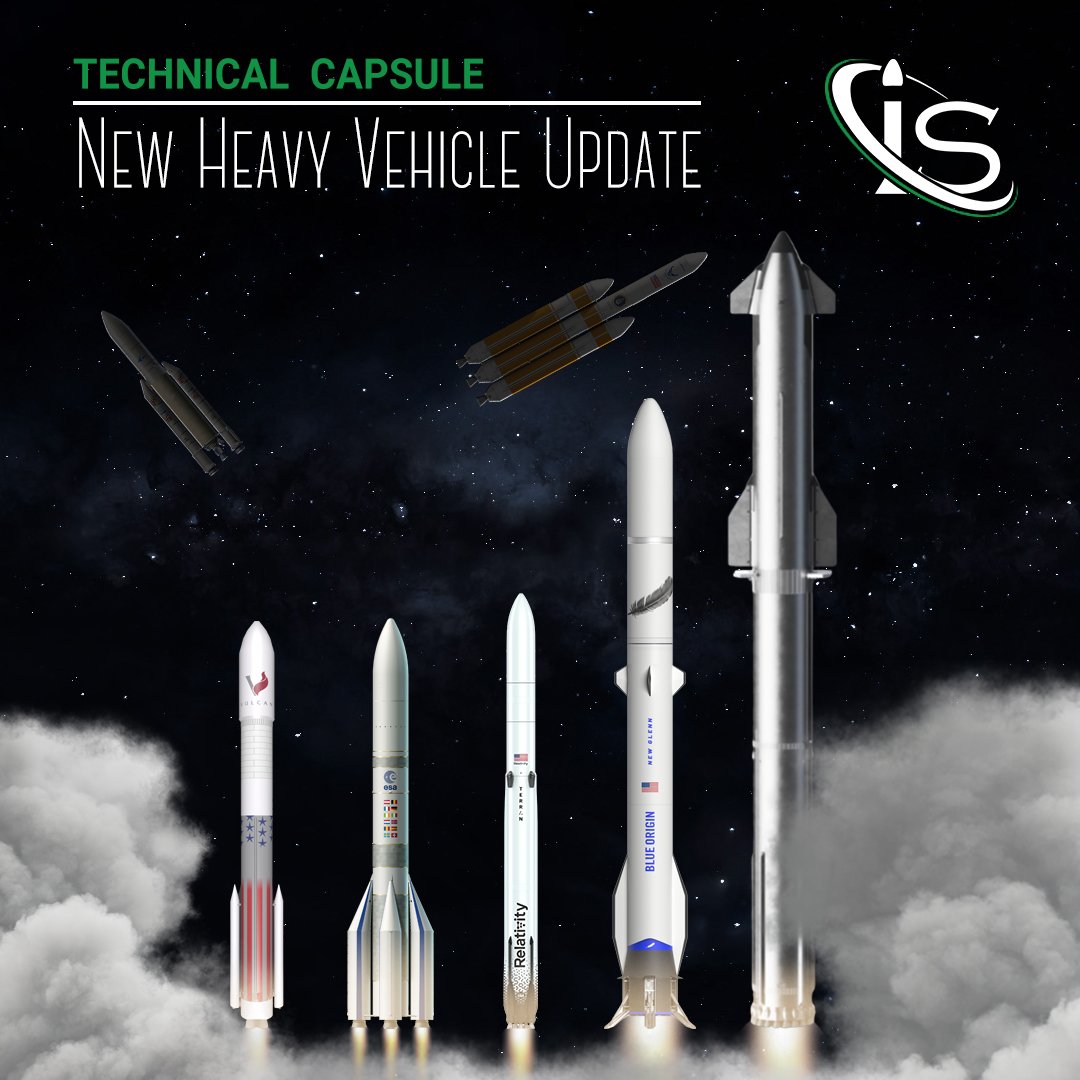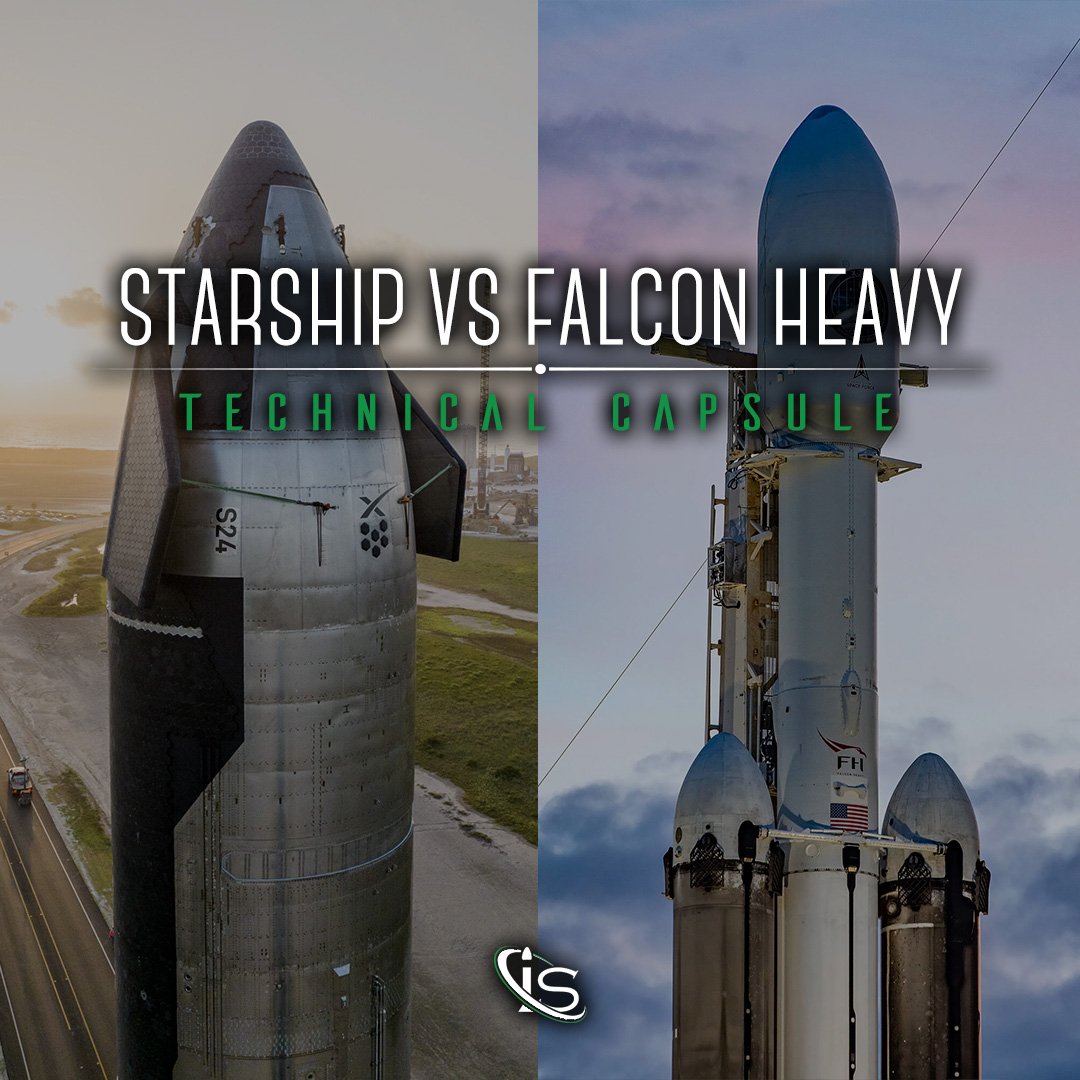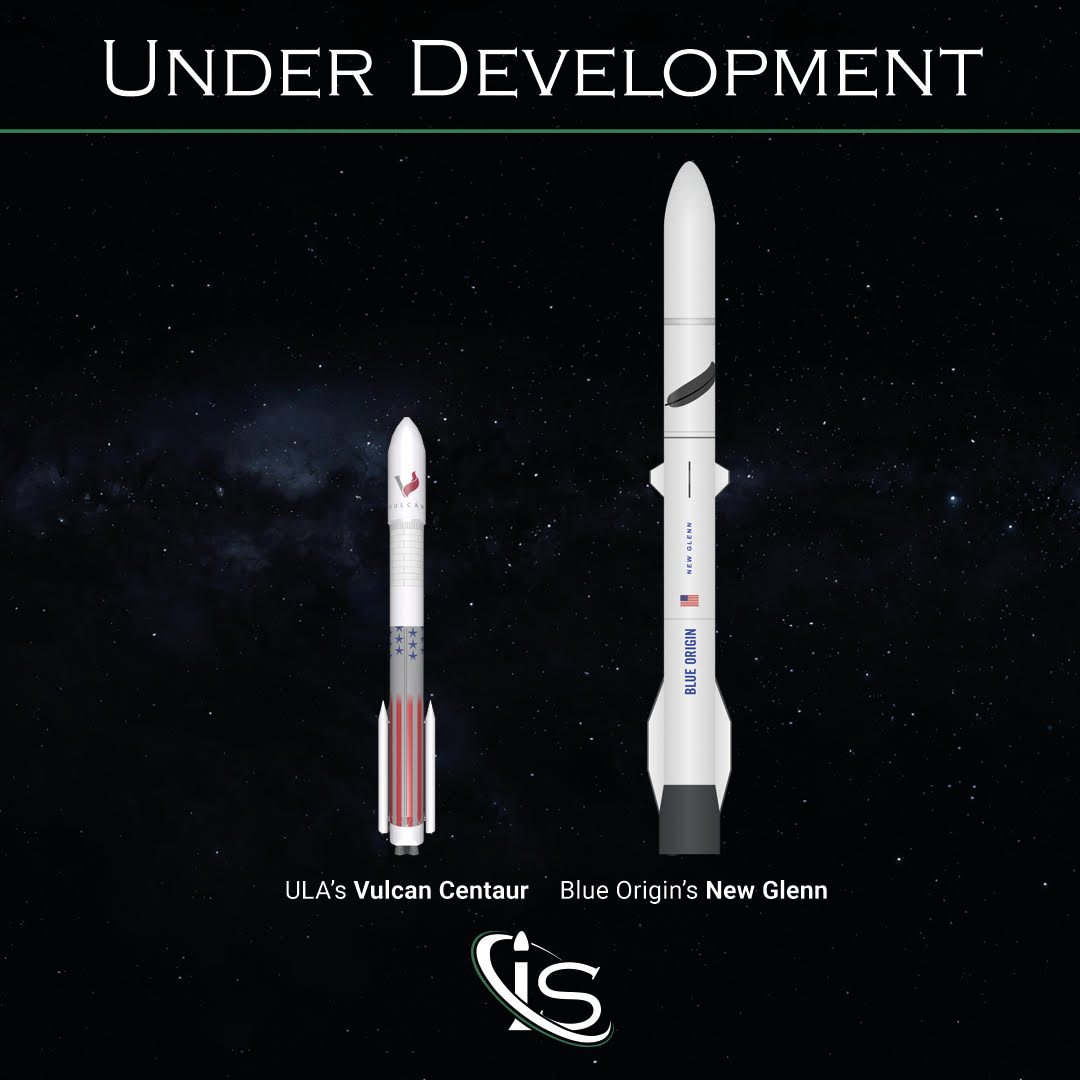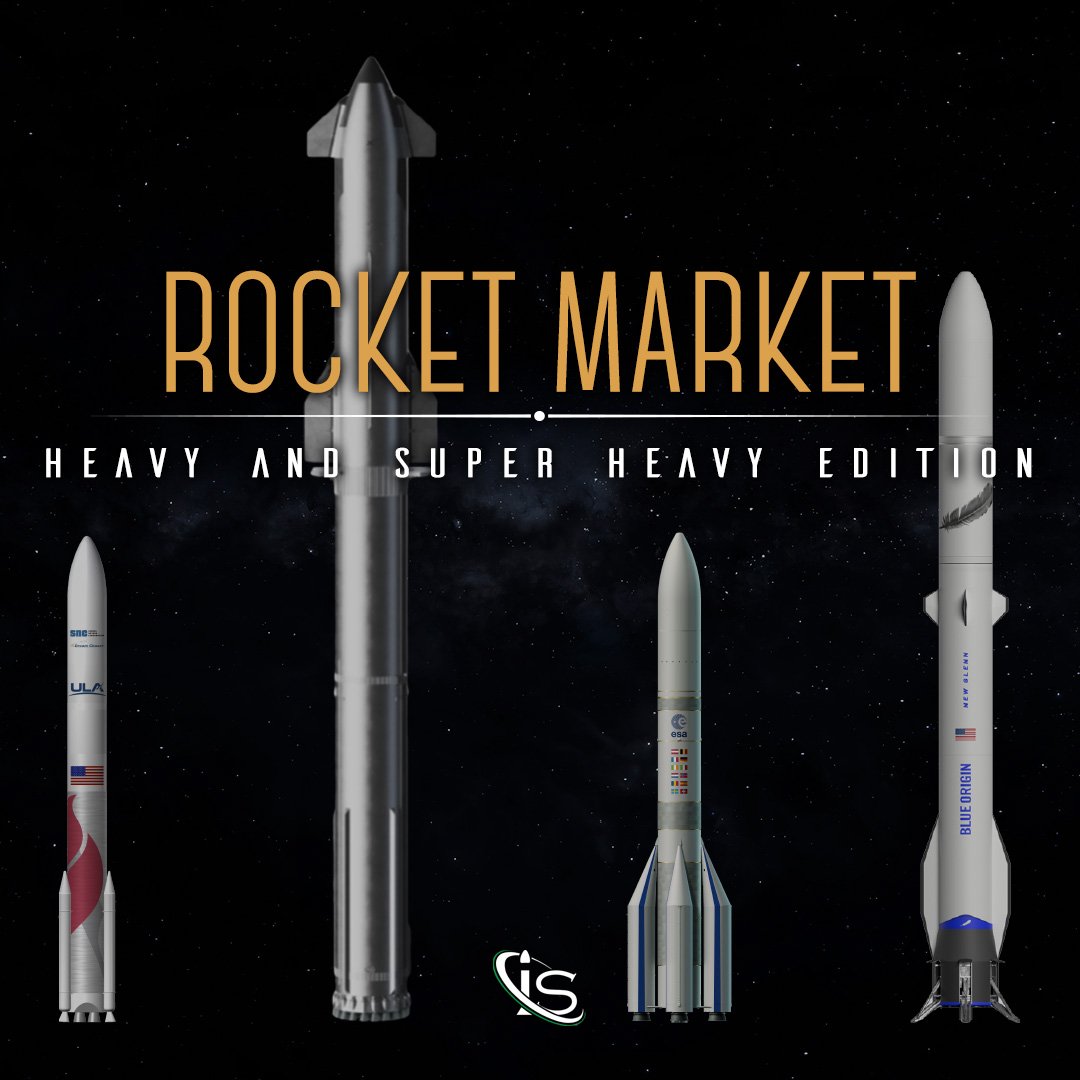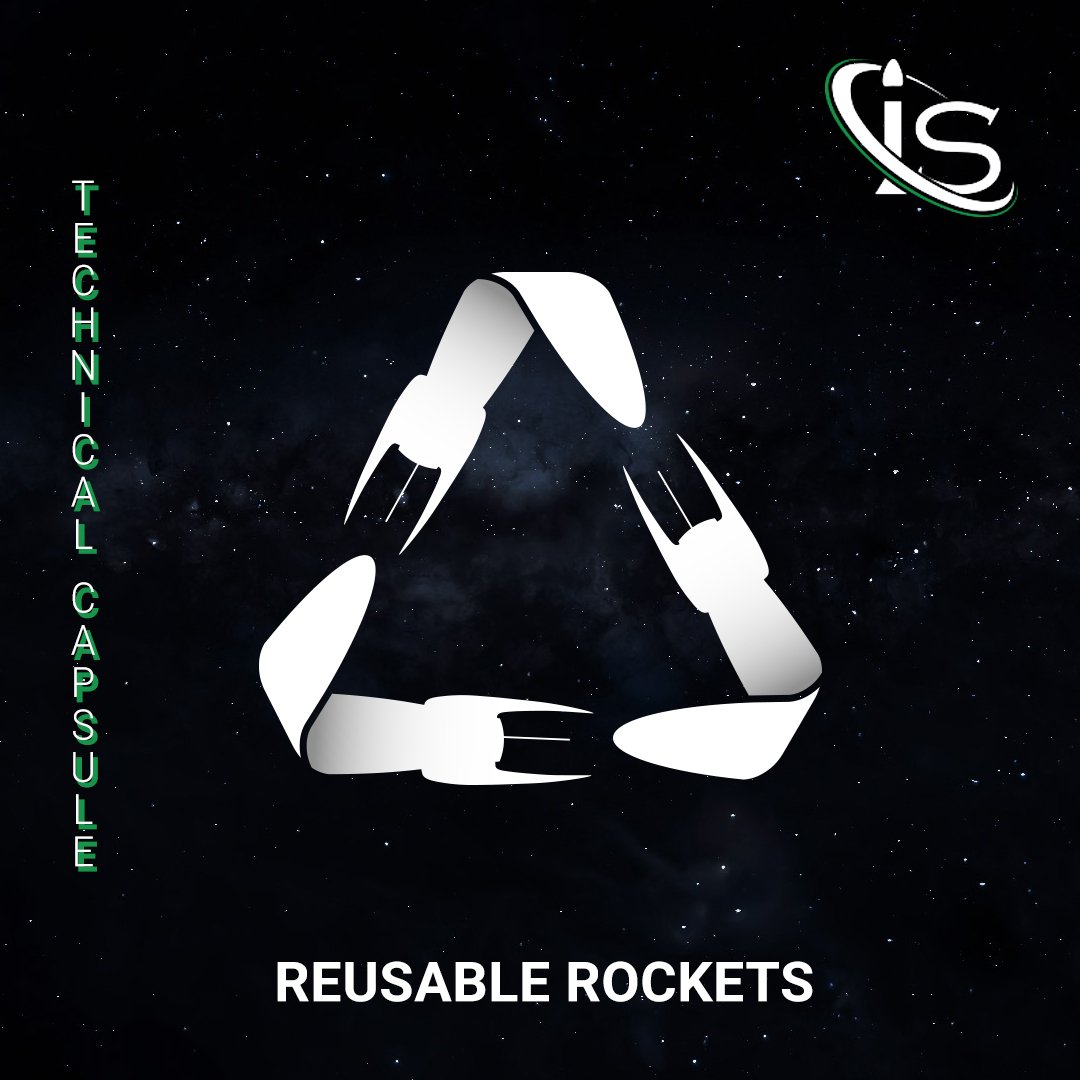A little over a week ago, on April 9th, 2024, Delta IV Heavy, the last of the Delta family of rockets, had its final launch. And even though it will be succeeded by ULA’s new Vulcan Centaur rocket, it feels appropriate to take some time to look back on the historic Delta Program. So, join us in exploring this decades long family of rockets.
The first Delta rocket came about in the 1960s as a modified version of the US Air Force’s PGM-17 Thor. Originally, it was intended to function as an interim, all-purpose vehicle that would be replaced by subsequent designs. However, as you might guess from the last Delta rocket having just retired, the original plan is not what ended up transpiring. Furthermore, when it was first designed, this rocket family was split into the Delta models, used for civilian purposes and the Thor models, used for military ones.
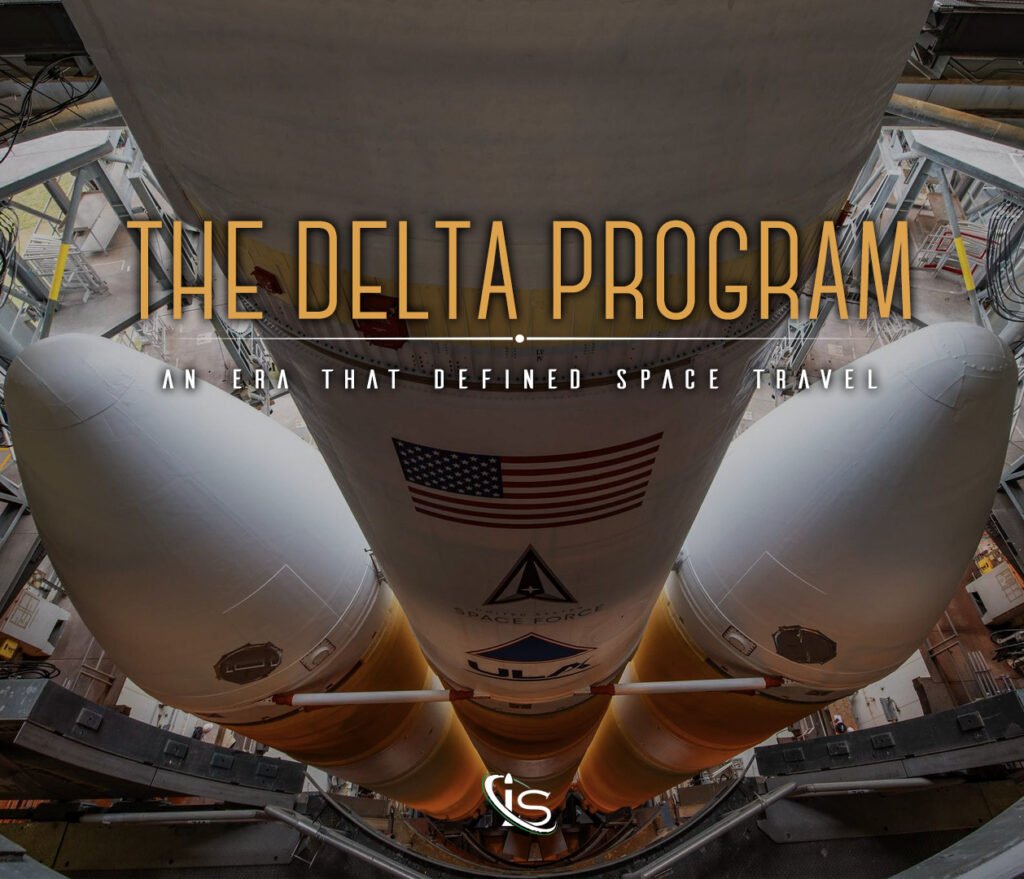
Delta DM-19
These Thor-Delta flights started operating in 1960 and would continue doing so until September 18th, 1962. During that time, a total of 12 missions occurred, with all but the first one proving successful. This was a major step up in consistency from the counterpart Thor flights, proving that Delta model’s main goal of reliability was being achieved with room to spare. And seeing this unexpected level of success, it perhaps comes as no surprise that the Delta Program was chosen to continue on for years to come.
Delta 1
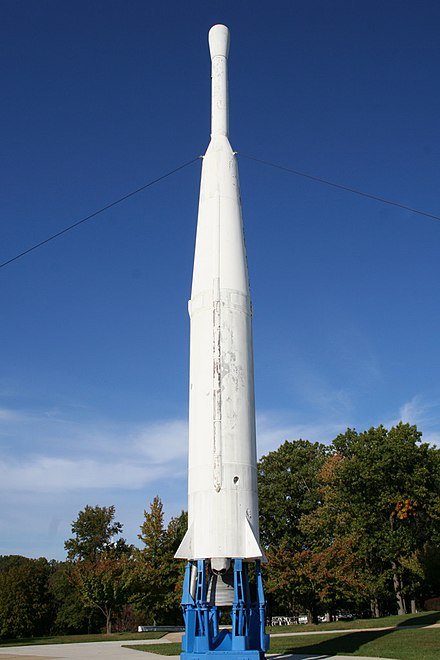
Moving right along with the adventures of the Delta rockets we have the Delta 1 series. This began with each rocket in the category being designated by a letter, with the letter models running from 1962 to 1972 and spanning from Delta A to Delta N. Although, N was not quite the last model of this series. Well, it was, in that it was the last to have launched, but it was not the last to be designed. That honor goes to the “Super Six” models, so called because of their characteristic 6 Castor boosters, as opposed to the standard 3 sported by the other Delta rockets of the time. However, the last of these launched in 1971, hence the model N being the final Delta 1 rocket to launch.
But with the Thor-Delta launcher being the most used by NASA between 1969 and 1978, the time for a new naming convention was here. Before getting to that, however, it seems appropriate to mention just how frequently this rocket family was used. In those 10 years alone, NASA used Thor-Delta for 84 launches, with only 7 being failures — a success rate of 91.6%.
Letters No More
Going back to the new naming convention, instead of letters, numbers were now used to differentiate the rockets. In fact, in 1972, the McDonnell Douglas Corporation introduced a system where the Delta models were identified by four-digit numbers. In order, each number corresponded to:
- Tank and main engine type;
- Number of solid rocket boosters;
- Second stage;
- Third stage.
Basically, each configuration for that category had a corresponding number. For example, a 0 in the first number slot meant the use of the Long Tank Thor MB-3 Engines with Castor 2 SRB’s, whereas a 1 in that same slot indicated the use of the Extended Long Tank Thor MB-3 Engines with Castor 2 SRB’s.
The Delta Series
One thing some of you may have noticed is that I have not mentioned any rocket series except Delta 1. That is because it would not be until 1986 that Delta II was developed. Quick aside: am I the only one bothered by the fact that the names change from using normal numbers to Roman numerals? Just pick one, please.
Anyway, going back to the various Delta series, they can be broken down as follows:
First, the Delta 1 rockets: Delta 0100-series; Delta 1000-series; Delta 2000-series; Delta 3000-series; Delta 4000-series; Delta 5000-series.
Then, the Delta II rockets: Delta 6000-series; Delta 7000-series.
The Delta III rockets: Delta 8000-series.
And, finally, the Delta IV rockets: Delta 9000-series.
And before moving on, let’s briefly talk about the innovations each new series sported.
A Closer Look
Delta 1 (Continued)
Starting with the Delta 0100-series, it was distinguished by the Long Tank Thor and up to 9 solid rocket boosters (SRBs). Its successor, the Delta 1000-series — also nicknamed the Straight Eight — combined the Extended Long Tank first stage, up to 9 Castor 2 SRBs, and the new Delta P second stage. The Delta 2000-series introduced the new Rocketdyne RS-27 main engine. Meanwhile, the 3000-series combined the first stage used in the 1000- and 2000-series with the upgraded Castor 4 SRBs. It also introduced the PAM (Payload Assist Module) that would later function as Delta II’s third stage.
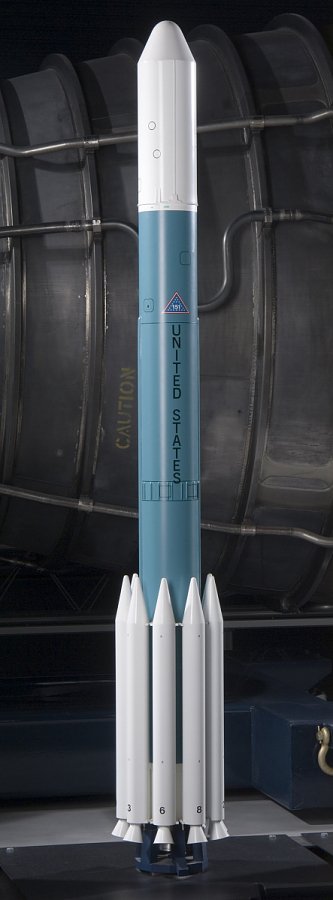
The Delta 4000- and 5000-series were developed in the aftermath of the Challenger disaster. These two were a combination of components from the 3000 and Delta II periods. The 4000-series had a first stage with the Extended Long Tank and MB-3 engine with mounted Castor 4A motors. It also had a new second stage, the Delta K. On the other hand, the 5000-series had the same configuration but with RS-27 as its main engine.
Delta II and Delta III
Moving past the Delta 1 series, we have Delta II and the 6000- and 7000-series. These were also developed after the Challenger disaster and sported some new configurations. The 6000-series introduced the Extra Extended Long Tank first stage and the Castor 4A boosters. The 7000-series had the new RS-27A main engine and the more powerful GEM-40 SRBs from Hercules, Inc. It also came in two configurations: Light and Heavy. The first, the Delta II Med-Lite, had no third stage and was usually reserved for small NASA missions. The second, the Delta II Heavy, was a Delta II 792X with the bigger GEM-46 boosters found on Delta III rockets.
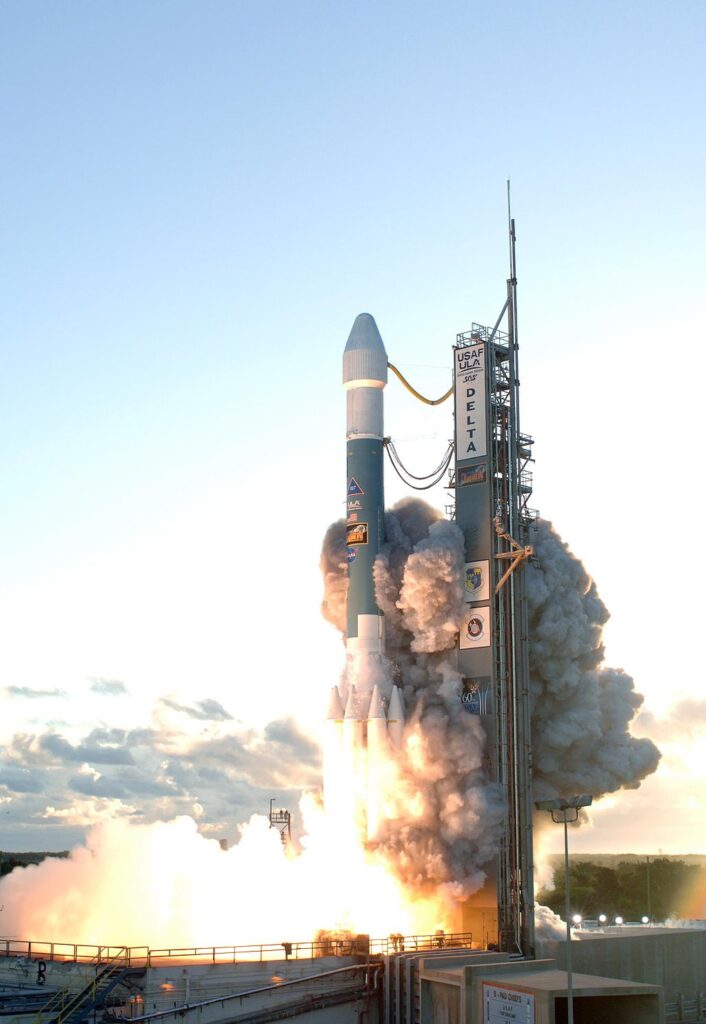
Speaking of, the Delta III 8000-series was developed to enable the rockets to keep up with ever-growing payload masses. By replacing the two upper stages with a single cryogenic stage sporting the Pratt & Whitney RL-10 engine, performance was greatly improved. These new rockets also used the aforementioned GEM-46 boosters, enabling them to be more efficient, still.
Delta IV
And last but not least, it is finally time to talk about the latest series, the Delta IV rockets. These were part of the Evolved Expendable Launch Vehicle program (EELV) and borrowed components from existing launchers. Boeing and Lockheed Martin were selected to design the EELVs and completely revolutionized the Delta rocket. The first stage now used liquid hydrogen fuel with the Rocketdyne RS-68 replacing the kerosene engine. The second stage and fairing were taken directly from Delta III rockets for the Delta IV Medium models. For the larger Medium+ and Heavy models, this stage was widened to 5 meters. These Medium+ rockets also sported 2 or 4 GEM-60 SRBs. The Delta IV Heavy, on the other hand, also added two more Common Booster Cores (CBC) as boosters, which was the name given to the first stage of the rocket.
Delta IV Heavy — whose retirement inspired this article — was also the world’s third highest capacity launch vehicle, behind only the SLS and Falcon Heavy. This rocket first launched in 2004 and was manufactured by ULA, the company that will now use Vulcan Centaur as its new heavy launch vehicle.
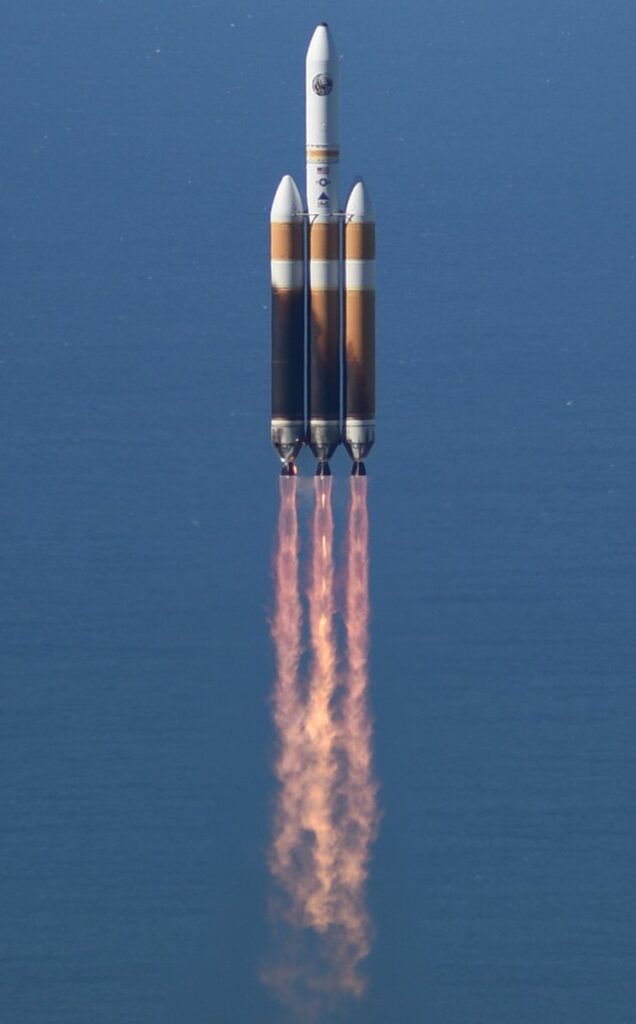
And that will do it for us today. I sincerely hope you enjoyed this look back on the Delta Program. Of course, there was no time to go into greater detail for the individual vehicles today, so let us know if that is something that interests you. “See you” all back here, at impulso.space, for the next capsule.
